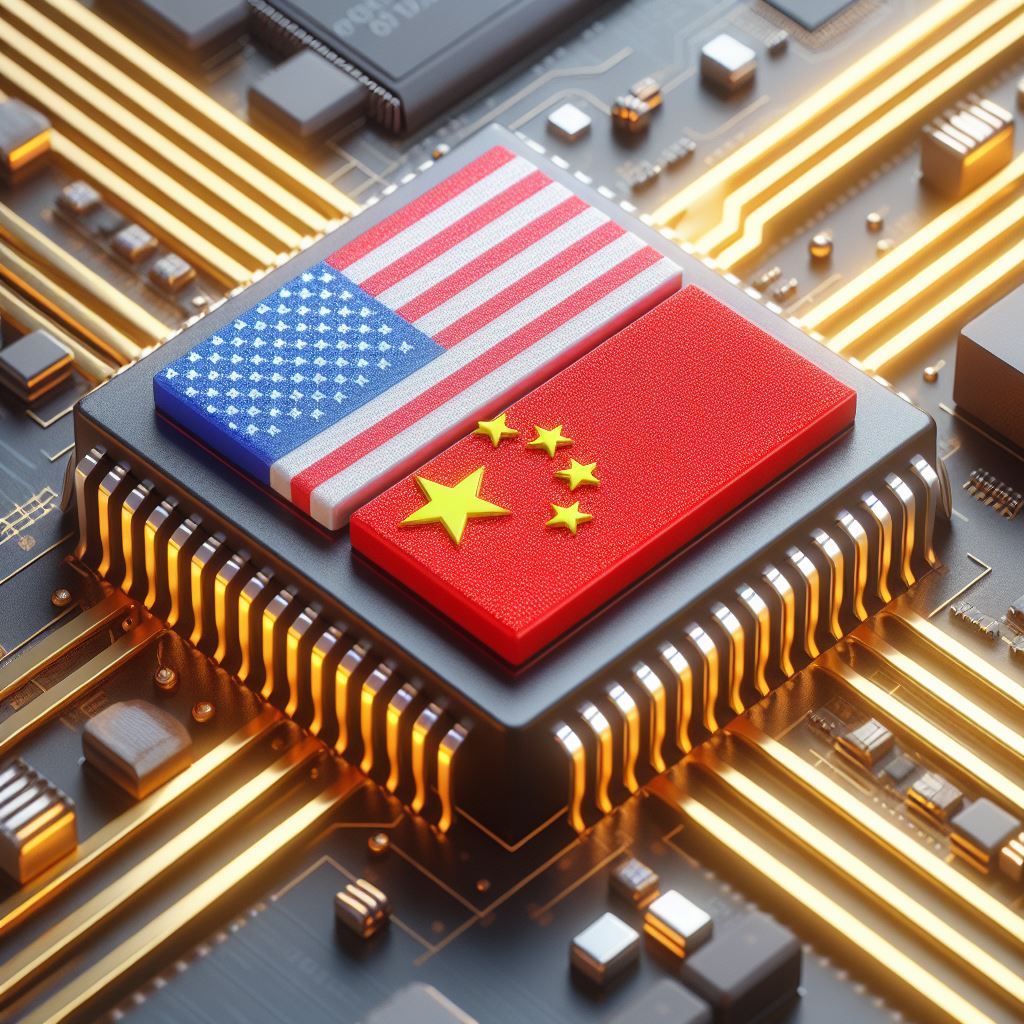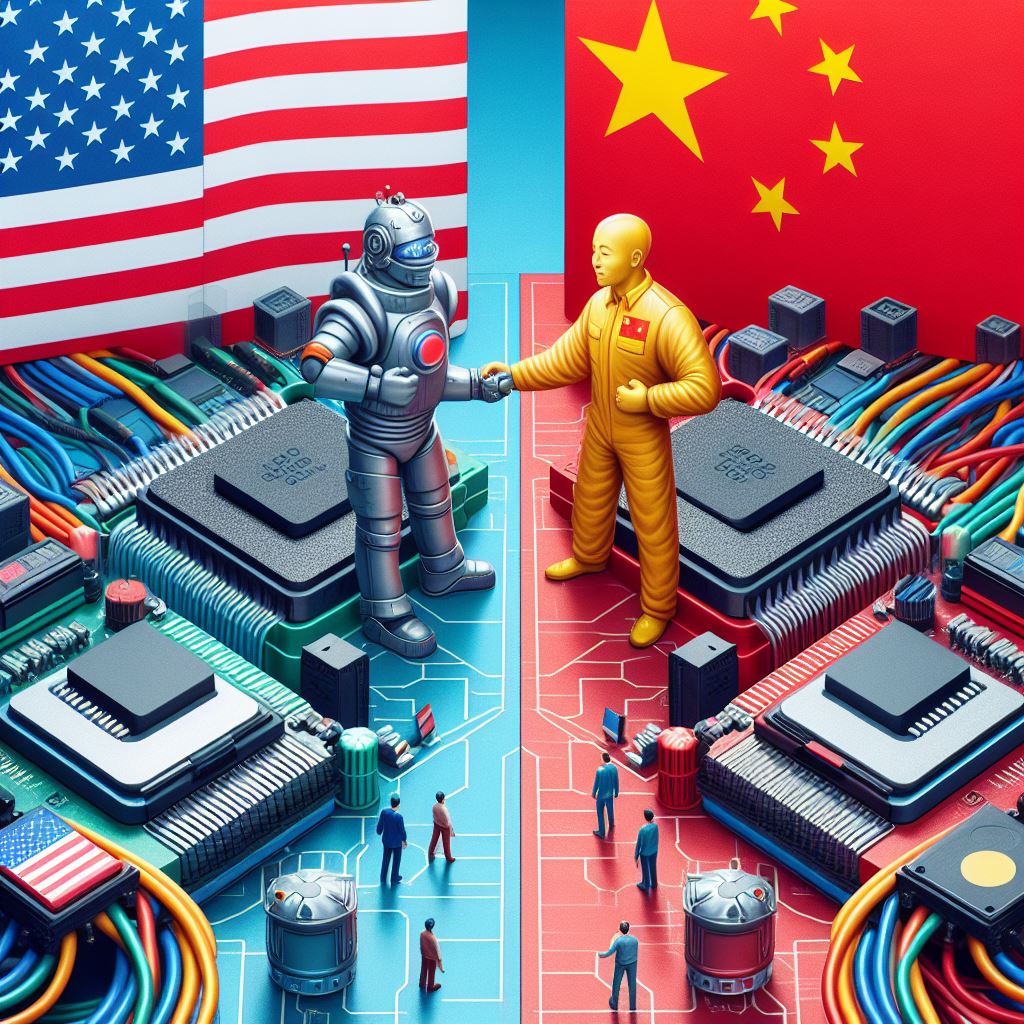
Chip war is the rapidly increased tussle between the USA and China in making the most advanced semiconductor chips and has become the new cold war. These microchips are one of the most vital resources in today’s modern and developing world which comes in use in most of the electronic components for our daily life. A market which is expected to become $1 Trillion USD industry by 2030 has the power to make a nation unparalleled who excels in it in the fields of technology and defence.
Hence the two biggest economies of the globe are competing with each other to capture the global market and control the supply chain, manufacturing and defence sector’s enhancement. Ultimately this war is aimed at building the finest fabrication of semiconductors, which will enable them to breakthrough in advanced technology.
Semiconductor Chip and its Importance?
It is (also known as an integrated circuit, microchip) a small piece of semiconductor material (typically silicon) that contains a combined network of electronic components such as transistors, diodes, resistors, and capacitors. These components are interconnected to perform various functions such as processing data, storing information, or managing electrical signals. Hence the chips are critically essential in making mobile phones, laptops, televisions, machinery and other important electronic devices.
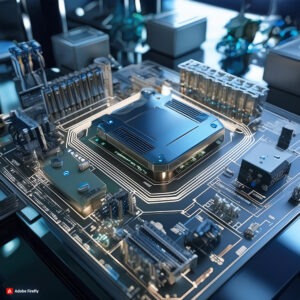
In electronic devices, better semiconductors provide thinner fabrication resulting in increased power efficiency, less heat emission, higher processing speed, and less space occupancy. The market size of semiconductors is estimated to be above $550 billion USD and hence countries are heavily investing in it to make advanced chips so that they can capture as much market share as possible and earn money. It significantly boosts the country’s defence system as well.
Rise of Taiwan and TSMC
In this Chip war era, the most important country for semiconductor production is Taiwan. They produce 60% of the world’s semiconductors and 90% of the advanced chips. Most of these are produced by one company called TSMC (Taiwan Semiconductor Manufacturing Company). China and the USA are the biggest importers of semiconductors from Taiwan. Even these superpower countries can’t produce advanced chips, so they rely wholly on Taiwan.
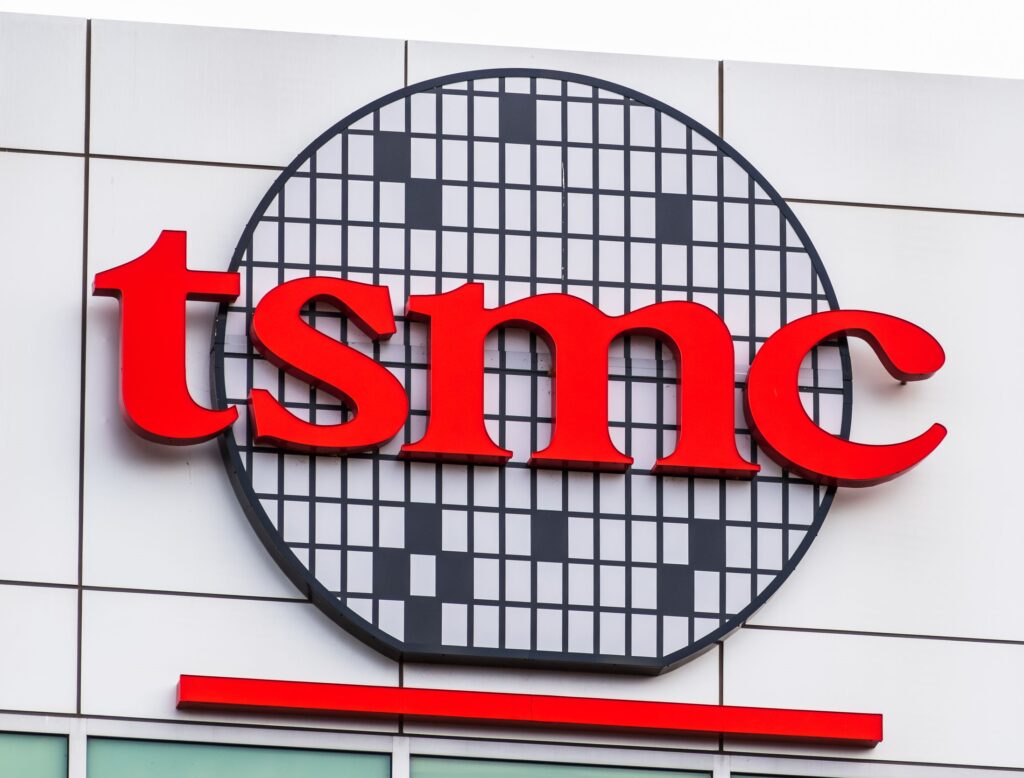
History of Chip War
At the beginning of the tech era, when the USA and USSR were competing in fields like space and weapons, the USA got a first-mover advantage by making the semiconductors. The USA grasped the good opportunity of building manufacturing plants in Asian countries like Japan, Taiwan, South Korea, Hong Kong, and Singapore due to reduced manufacturing expenses compared to having plants in their own soil. The USA decided to design these themselves whereas manufacture them in countries where labor and resources were cheaper. Taiwan gained an advantage with the birth of TSMC in 1987, founded by Morris Chang. Slowly, it became the centre of semiconductor manufacturing, with other companies offering designs to be manufactured there.
Competition amongst the two Giants
Before delving deeper, it’s important to understand its manufacturing and design. Today, the USA leads in R&D of semiconductors, while China leads in manufacturing. Nvidia, the multi-trillion dollar U.S. company is the king of chip designing with Blackwell as a clear example. The USA lacks in advanced chip manufacturing capabilities, and China lacks in R&D. The USA is trying to establish manufacturing units on its soil by asking TSMC to plant fabs (semiconductor manufacturing units). Even big US tech companies like Apple and Intel are not manufacturing it on the US soil but in Taiwan.

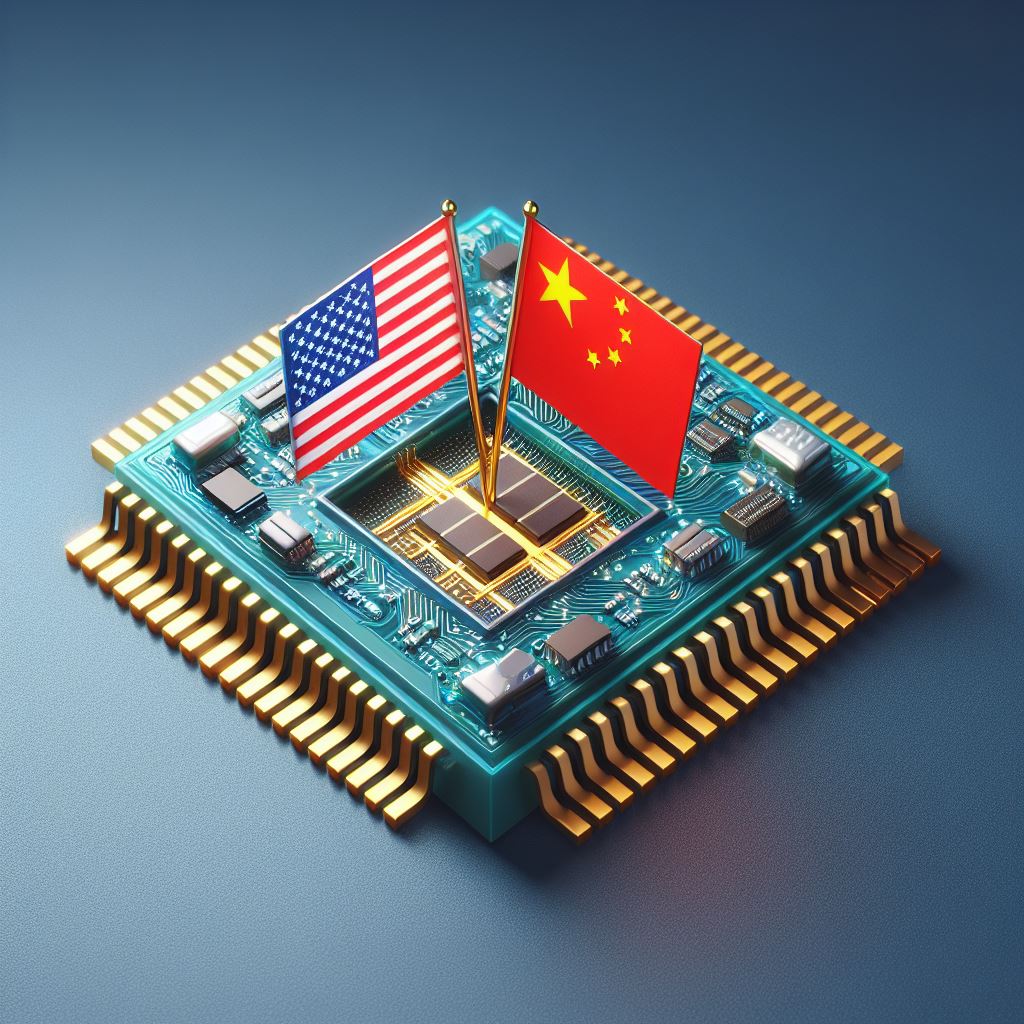
On the other hand, China is trying to make home grown chips with its own R&D. Recently, the Chinese technology company Huawei achieved a breakthrough in this industry by making a cutting-edge semiconductor chip with 7 nm (nano-meter) fabrication which is a significant achievement. Today, the USA cannot manufacture the same with less than 5 nm fabrication, whereas China has come close to advanced chip manufacturing.
Semiconductor chips are made by machines called lithography machines, whereas the advanced chips can only be made by EUV (Extreme Ultraviolet) lithography machines. These EUVs are made by only one company, ASML (Advanced Semiconductor Materials Lithography). This Dutch company, founded in 1984, has become the most valued European tech company, with a market capitalisation of around $397 billion USD as of 2024.
ASML plays a big role in chip geopolitics. This is because China needs advanced EUV machines for advanced chip manufacturing and due to the USA’s influence in Europe, ASML cannot sell EUV machines to China. These machines are a result of extensive R&D which is heavily funded by US investments.
There is a significant threat to the USA if China becomes self-reliant because China focuses on integrating advanced chips into its weapons industry, which will strengthen its military—something the USA cannot afford. Furthermore AI (Artificial Intelligence) requires extensive data processing capabilities which only advanced semiconductors can facilitate. Therefore in order to become number 1 country in AI, investing in semiconductors goes hand in hand. That is another major reason why the USA and China are competing against each other unlike ever before in this Chip war.
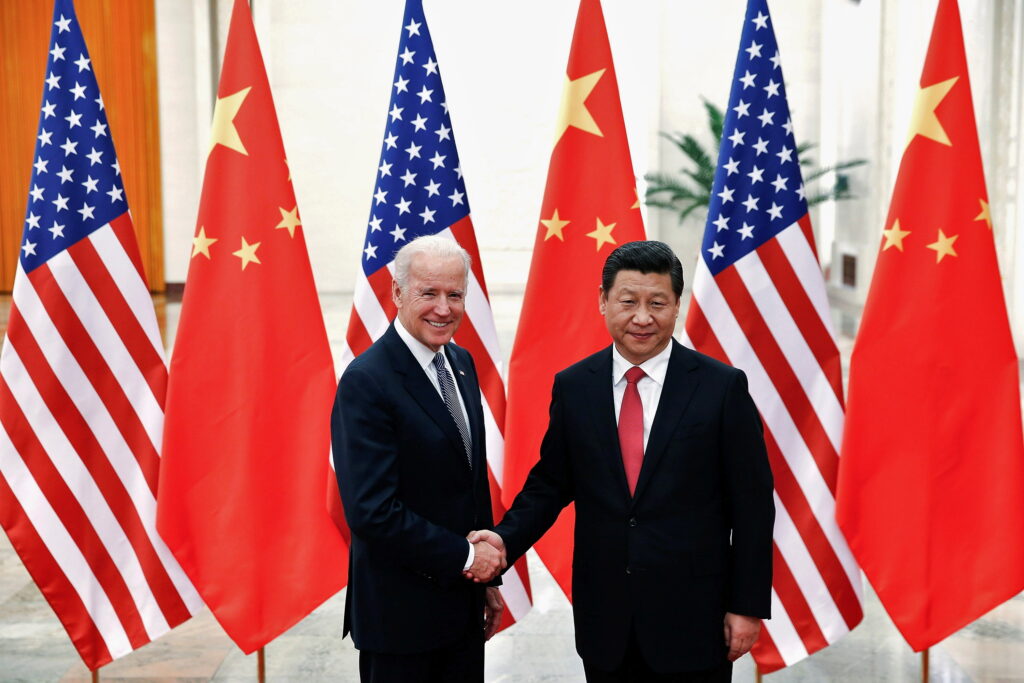
Current Stance of the Chip War
To tackle the chip war, the USA is trying to make deals with nations such as India, which can manufacture chips at lower cost because Taiwan is threatened by potential Chinese invasion. This situation can have the biggest impact on the demand, supply, prices etc., of electronic devices ever observed in history. In addition to hardware restrictions, the U.S. is also targeting Chinese access to cloud computing services for AI training. The new proposal aims to prevent Chinese entities from using U.S. based cloud services for developing AI technologies, citing national security concerns. This regulation will require U.S. cloud companies to rigorously verify the identity of their foreign users.
China has responded to these restrictions by imposing export controls on critical materials such as gallium and germanium, which are vital for semiconductor production. This move is seen as a countermeasure to the U.S. sanctions and aims to leverage its position in the supply chain of essential raw materials. Moreover, China is heavily investing in its domestic semiconductor industry to reduce reliance on foreign technology. The Chinese government is providing substantial subsidies to boost the production of legacy chips, which are used in a wide range of consumer electronics and industrial applications. This strategy could potentially flood the market with cheaper Chinese chips, challenging Western chipmakers.
Both the U.S. and China appear committed to their respective strategies, with neither side showing signs of backing down. This ongoing conflict could have significant implications for the global technology supply chain and broader economic relations between the two superpowers.
